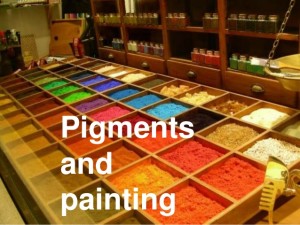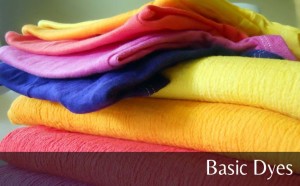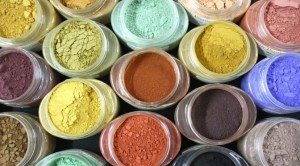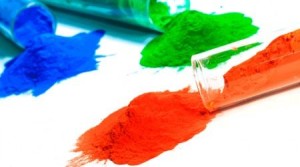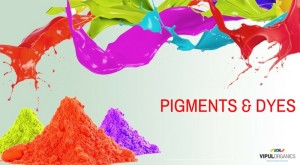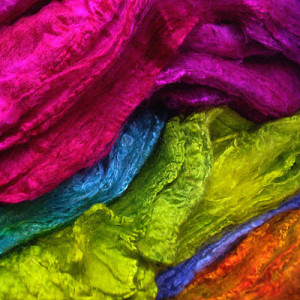
Acid dyes are safe to use in the textile and food industries as long as they are handled with care. Just as a dyer works with other concentrated powdered dye or chemical it cannot be done without the dust mask and gloves. The benefits of acid dyes are mainly to bond the protein fibers. Its affinity for staying softer and silkier adds weight to its wide applications due to its solubility and light fastness of color.
Vipul Organics, has been in the business of pigments and dyes long enough to provide insight
about various dyes and how they impact various industries.
Key takeaways:
- Understanding the chemical dye chemistry
- Why acid dyes are valued for fastness
- Industrial applications other than textiles
- Advantage of dealing with Vipul Organics
Structural part
- It consists of molecular group –S03H
- The pH is mild like white vinegar/critic acid
- Ideal for silk rinses as it tends to restore the softness quotient
- The dye is non-toxic
- Ideal for applications in the textile industry for dying cotton, silk, nylon and wool.
The actual structure falls in 4 categories depending on the molecular group.
- Azo
- Anthraquinone
- Premetalized
- Triphenylmethane
Sometimes the same dyes may fall in one or more categories. But they all have –S03H which get attached to the amino groups of the fiber. The Azo dyes are considered acid red. The structure is Ph-N=n-Ph. They are primarily used on cellulose fabrics i.e. cotton or rayon.
Why acid dyes are valued for fastness qualities?
The dyes are mainly used under acidic conditions and they are characterized by two factors:
- How they dissolve in water
- Amphoteric affinity for the fiber
Good customer ratings of fastness are critical for their significance. Good quality processes ensure there is no fading (of fabric) even after repeated washes. Hence, it is also successfully used for art and art printing. It offers a premium finish to the final fabric.
Industrial applications
It is well known fact the entire textile sector uses a variety of acid dyes for fabric enhancements and coloring. In the textile industry it is used to treat silk in several color tones. In low temperatures the dyes are treated. When it is used on wool there is a salt link between the dye molecule and fiber polymer.
But there are other sectors also where they are applicable successfully like:
- Fertilizers
- Leather
- Detergents & metal nodization
- Coolants for engines
Vipul Organics Advantage
- There are concentrated options for dyers available with us for commercial usage of blending different colors.
- We conduct pure levelling of colored dyes and milling.
- Choose from our proprietary collections of products for your specific needs.
- We do testing on wool and silk by washing for lightness and fading.
Vipul Organics is in the process of manufacturing products like acid red. When used for printing on the yarn they are quite safe. We ensure good quality is maintained uniformly with precise industry standards for the fabrics to last long and be durable. Interested in dealing with us? We form good partnership with all our business associates with our high performing products.

